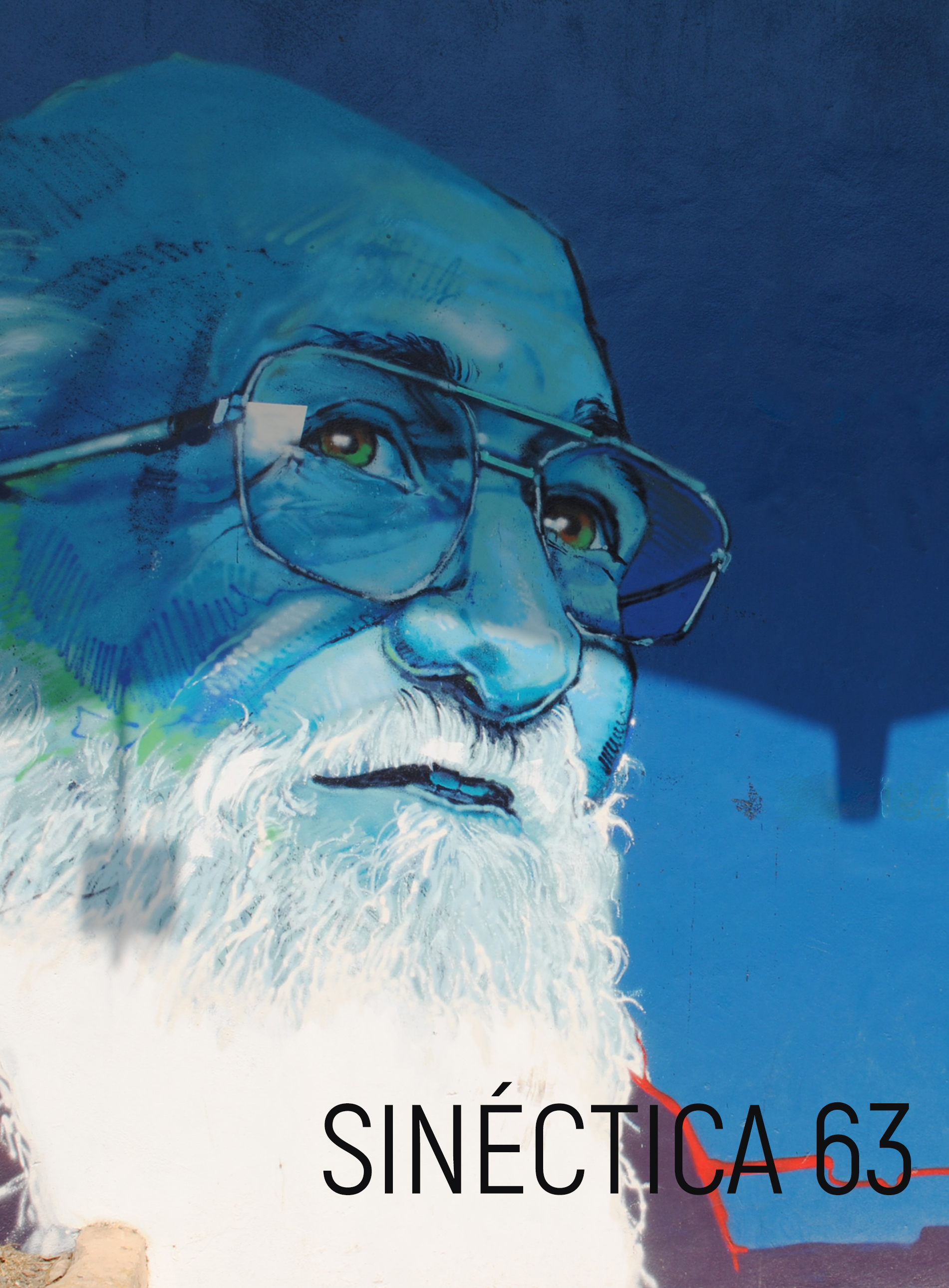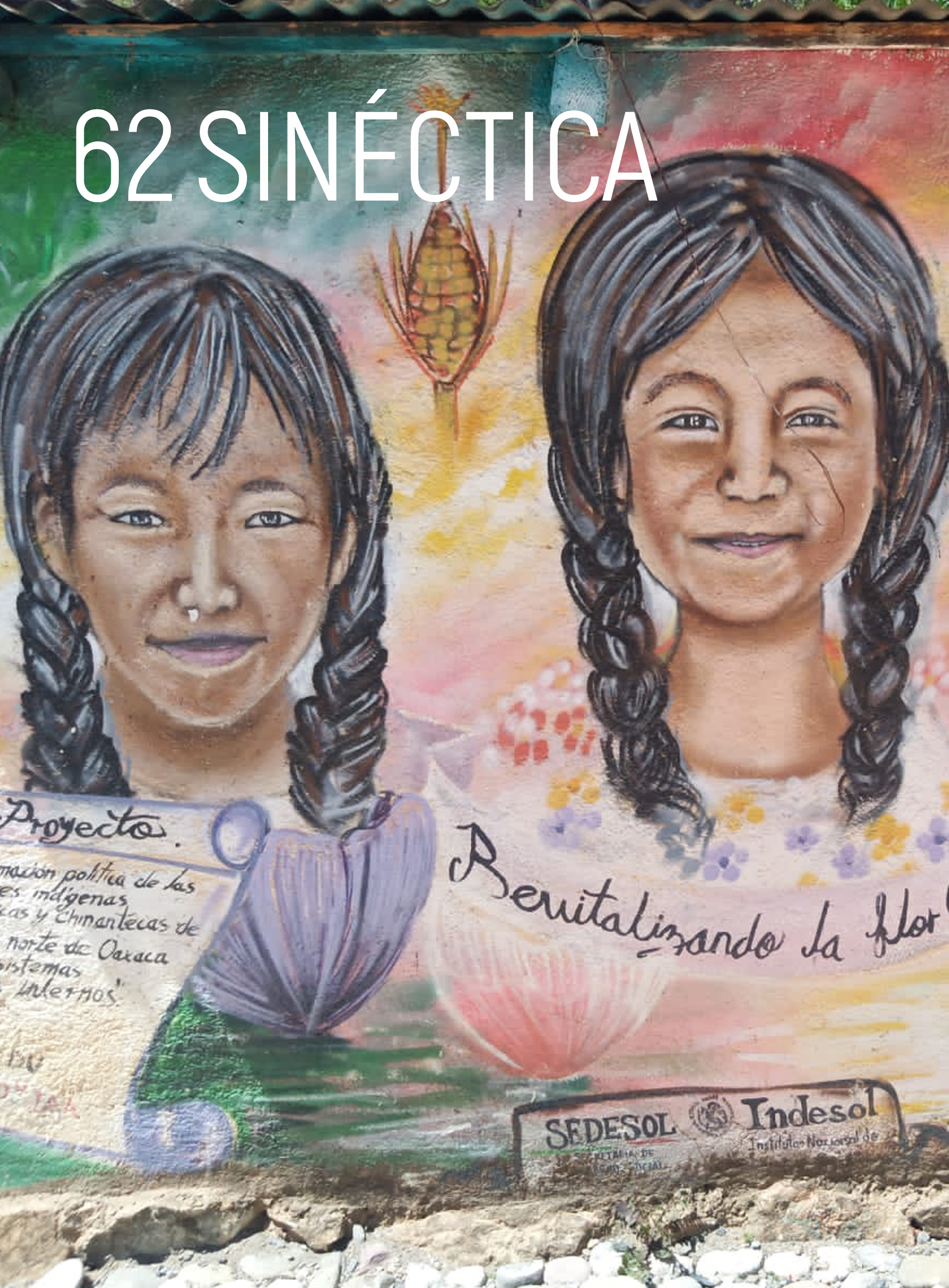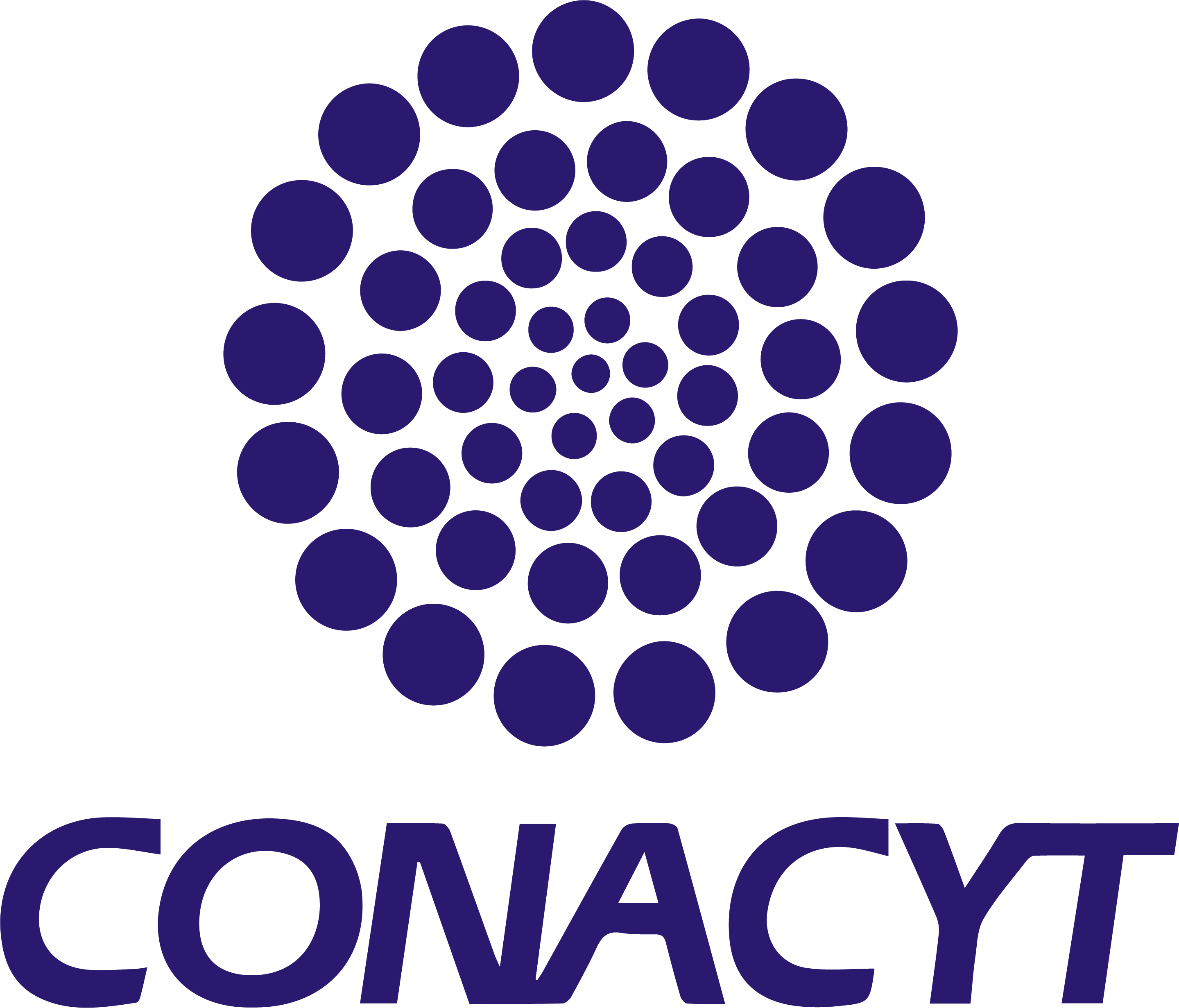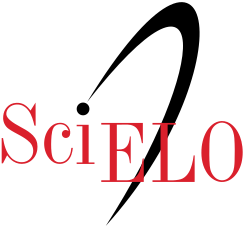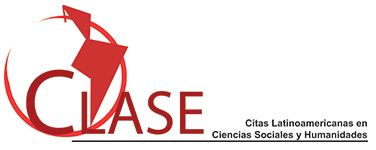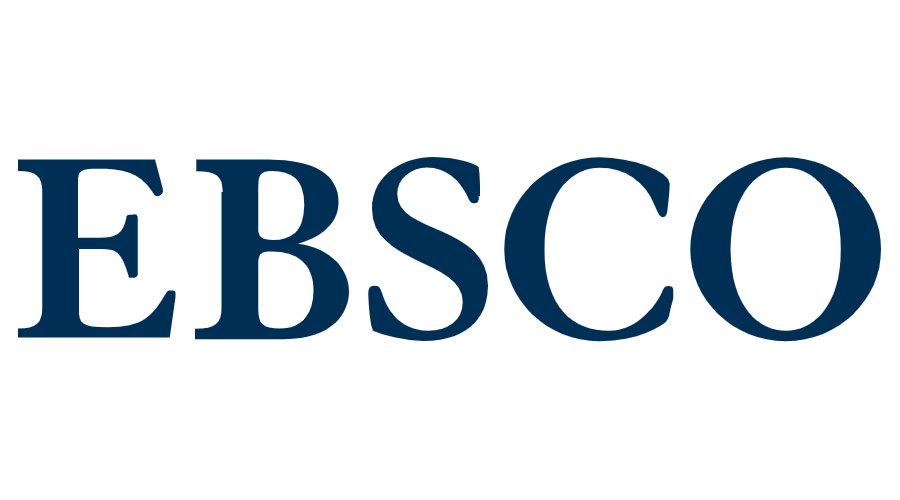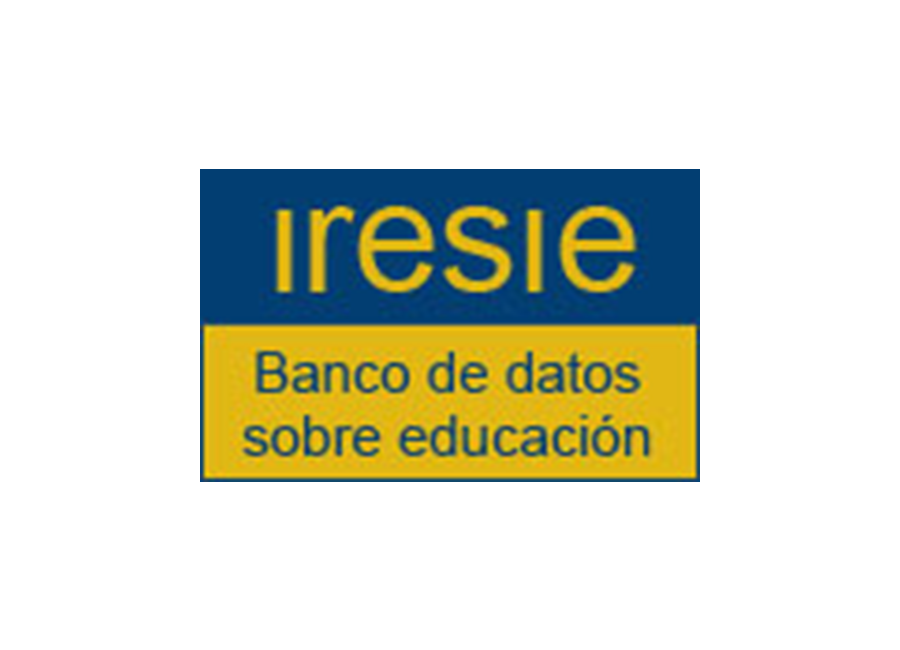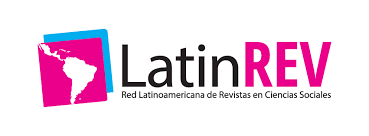Justicia social en la política educativa rural para Chile y México
DOI:
https://doi.org/10.31391/LBWX6953Palabras clave:
gestión escolar, justicia social, covid-19 y territorios, políticas educativas y escuelas rurales latinoamericanasResumen
La crisis sanitaria global (2020-2022) superó sus implicaciones sanitarias inmediatas, pero persisten consecuencias educativas, en especial en contextos rurales latinoamericanos. En este periodo se evidenció la insuficiencia de las políticas públicas para atender a los sectores más vulnerables, al registrarse un retroceso en los aprendizajes, coincidente con los resultados de evaluaciones nacionales e internacionales. Las soluciones adoptadas resultaron reduccionistas en escenarios que requerían mayor sensibilidad y contextualización. Este estudio comparó experiencias docentes en territorios rurales de Chile y México, mediante la recuperación y análisis de prácticas implementadas durante la contingencia. Los hallazgos revelan la improvisación inicial en la planificación, así como estrategias adaptadas al contexto, desde la enseñanza a domicilio hasta la creación de materiales de aprendizaje pertinentes para zonas remotas. Se concluye que, en ambos países, es urgente diseñar políticas educativas que garanticen la distribución equitativa de recursos, el acceso digno al servicio educativo y la reivindicación de la justicia social en la educación rural.
Descargas
Referencias
Briceño-Alcaraz, G. (2023). El aporte de la nueva cultura mexicana a la educación para la ciudadanía mundial. Sinéctica, Revista Electrónica de Educación, núm. 60. https://doi.org/10.31391/s2007-7033(2023)0060-005
Briceño-Alcaraz, G. (2022). Repensando la educación en México desde la teoría de la acción comunicativa de Habermas. Espiral Estudios sobre Estado y Sociedad, vol. 29, núm.83. https://doi.org/10.32870/eees.v29i83.7211
Cáceres, P. (2003). Análisis cualitativo de contenido: una alternativa metodológica alcanzable. Psicoperspectivas, vol. 2 núm 1. https://dx.doi.org/10.5027/psicoperspectivas-Vol2-Issue1-fulltext-3
Castañeda-Sánchez, C. y Bocanegra, N. (2023). Los documentos normativos de gestión escolar durante el confinamiento (2020-2022) en México. IE Revista de Investigación Educativa de la REDIECH, vol. 14. https://doi.org/10.33010/ie_rie_rediech.v14i0.1807
Comisión Nacional para la Mejora Continua de la Educación (2021). Indicadores estatales de la mejora continua de la educación. Baja California. Información del ciclo escolar 2018-2019. Mejoredu. https://www.mejoredu.gob.mx/images/publicaciones/cuadernos-estatales/bajacalifornia.pdf
Delgado, G. y Tinajero Villavicencio, M. G. (2022). El trabajo docente en primarias indígenas multigrado de Baja California durante el cierre de escuelas por el covid-19. Educación Superior, núm. 33, pp. 11–28. https://doi.org/10.56918/es.2022.i33.pp11-28
Espinoza, O. (2009). Reflexiones sobre los conceptos de “política”, políticas públicas y política educativa. Education Policy Analysis Archives, vol. 17 núm. 8. https://doi.org/10.14507/epaa.v17n8.2009
Ezpeleta, J. (1997). Algunos desafíos para la gestión de las escuelas multigrado. Revista Iberoamericana de Educación, vol. 15, pp. 101-120. https://doi.org/10.35362/rie1501123
Ferrada, D. (2018). Políticas educativas y su impacto en las comunidades. Investigación en educación para la justicia social. Ediciones UCM. https://portal.ucm.cl/content/uploads/2018/04/Politicas_educativas_Digital.pdf
Flores, Y. (2019). Escuelas normales rurales en México: movimiento estudiantil y guerrilla. Revista de Ciencias Sociales y Humanidades, vol. 40, núm. 87, pp. 205-226. http://dx.doi.org/10.28928/ri/872019/aot3/floresmendezy
Fraser, N. (2008). La justicia social en la era de la política de identidad: redistribución, reconocimiento y participación. Revista de Trabajo, vol. 6, núm. 4. https://www.filosoficas.unam.mx/docs/940/files/Nancy%20Fraser_%20De%20la%20distribucio%CC%81n%20al%20reconocimiento.pdf
Fraser, N. (2003). Social justice in the age of identity politics: Redistribution, recognition and participation. En N. Fraser y A. Honneth (eds.). Redistribution or recognition? (pp. 7-109). Verso.
Gobierno de Chile (2020). Política Nacional de Desarrollo Rural. Instituto Nacional de Desarrollo Agropecuario (INDAP). Ministerio de Agricultura. https://bibliotecadigital.odepa.gob.cl/bitstream/handle/20.500.12650/72826/Política-Nacional-de-Desarrollo-Rural.pdf
Gobierno Regional del Maule (GORE Maule) (2022). Informe ejecutivo: Estrategia regional de desarrollo Maule 2022-2042. https://erd.goremaule.cl/wp-content/uploads/2023/04/Informe-Ejecutivo-Final_-ERD-Maule-2042.pdf
Instituto Nacional de Evaluación para la Educación (2018). La educación obligatoria en México. Informe 2018. https://www.inee.edu.mx/medios/informe2018/04_informe/capitulo_010202.html
Instituto Nacional de Estadística y Geografía (INEGI) (2022). Información por entidad. Baja California. https://cuentame.inegi.org.mx/monografias/informacion/bc/poblacion/distribucion.aspx?tema=me&e#:~:text=Baja%20California&text=79%20%25%20de%20la%20poblaci%C3%B3n%20vive,localidades%20rurales%20y%204%2C189%20urbanas.
Márquez Cabellos, N. G. y Andrade Sánchez, A. I. (2021). Experiencia de enseñar a distancia del profesorado de educación básica. Sinéctica, Revista Electrónica de Educación, núm. 58. https://doi.org/10.31391/S2007-7033(2022)0058-004
Martínez, L. (2016). Las misiones culturales: un proyecto de educación y salud en el medio rural mexicano del siglo XX. RIDPHE_R Revista Iberoamericana do Patrimônio Histórico-Educativo, vol. 2 núm. 3. http://dx.doi.org/10.20888/ridphe_r.v2i3.7692
Mayring, P. (2000). Qualitative content analysis. Forum Qualitative Social Research, vol. 1, núm. 2. https://doi.org/10.17169/fqs-1.2.1089
Ministerio de Educación (Mineduc) (2024). Análisis de la educación rural en Chile. Evidencias 61. Centro de Estudios, Mineduc. https://bibliotecadigital.mineduc.cl/bitstream/handle/20.500.12365/20120/EVIDENCIAS%2061_2024_fd01.pdf?sequence=1&isAllowed=y
Ministerio de Educación (Mineduc) (2023). Tendencias longitudinales de la matrícula escolar 2018-2022. Apuntes 26. Centro de Estudios, Mineduc. https://bibliotecadigital.mineduc.cl/bitstream/handle/20.500.12365/19411/APUNTES%2026_2023_fd01.pdf?sequence=1&isAllowed=y
Ministerio de Educación (Mineduc) (2020). Criterios de evaluación, calificación y promoción de estudiantes de 1° básico a 4° medio. Unidad de Currículum y Evaluación. https://hdl.handle.net/20.500.12365/14655
Navarro, F. y Tromben, C. (2019). “Estamos en guerra contra un enemigo poderoso, implacable”: los discursos de Sebastián Piñera y la revuelta popular en Chile. Literatura y Lingüística, núm. 40, pp. 295-324.
https://doi.org/10.29344/0717621X.40.2083
Secretaría de Educación Pública (SEP) (2023). Principales cifras del sistema educativo nacional 2022-2023. https://www.planeacion.sep.gob.mx/Doc/estadistica_e_indicadores/principales_cifras/principales_cifras_2022_2023_bolsillo.pdf
Secretaría de Educación Pública (SEP) (2020). Boletín No. 205. Iniciará el ciclo escolar 2020-21 con el modelo de aprendizaje a distancia Aprende en Casa II: Esteban Moctezuma. https://www.gob.mx/sep/articulos/boletin-no-205-iniciara-el-ciclo-escolar-2020-21-con-el-modelo-de-aprendizaje-a-distancia-aprende-en-casa-ii-esteban-moctezuma?idiom=es
Secretaría de Educación Pública (SEP) (1938). Las misiones culturales, 1932-1933.
Stake, R. (2010). Investigación con estudio de casos (5° ed.). Ediciones Morata. https://elibro-net.utalca.idm.oclc.org/es/lc/utalca/titulos/94000
Subsecretaría de Educación Básica (2019). Hacia una nueva escuela mexicana. Taller de capacitación. Educación básica. Ciclo escolar 2019-2020. SEP. https://educacionbasica.sep.gob.mx/multimedia/RSC/BASICA/Documento/201908/201908-RSC-m93QNnsBgD-NEM020819.pdf
Zurita, F. (2021). Políticas educacionales escolares durante la pandemia covid-19: el caso de Chile. La educación en tiempos de confinamiento: perspectivas desde lo pedagógico (pp. 17-38). Ariadna Ediciones. https://books.openedition.org/ariadnaediciones/9670
Publicado
Número
Sección
Licencia
Derechos de autor 2025 Sinéctica

Esta obra está bajo una licencia internacional Creative Commons Atribución-NoComercial 4.0.

Esta obra está bajo una Licencia Creative Commons Atribución-NoComercial 4.0 Internacional.
Los autores que publican en Sinéctica están de acuerdo con los siguientes términos:
Los autores conservan los derechos de autor y otorgan a la revista el derecho de primera publicación de la obra autorizada simultáneamente bajo una licencia de atribución de Creative Commons, la cual permite a otros compartir el trabajo siempre y cuando se reconozca tanto la autoría de la obra como la publicación inicial en esta revista.
Los autores pueden celebrar acuerdos contractuales adicionales por separado para la distribución no exclusiva de la versión publicada de la revista (por ejemplo, publicarla en un repositorio institucional o en un libro), con el reconocimiento de su publicación inicial en esta revista.
Es permitido que los autores publiquen su trabajo en repositorios institucionales o en su propio sitio web antes y durante el proceso de envío, ya que puede generar intercambios productivos, así como una citación anterior y mayor del trabajo publicado.
Nota aclaratoria: A partir de 2017, Sinéctica se rige con base en la Licencia Creative
Commons Atribución-NoComercial 4.0 Internacional, versión que armoniza las licencias a nivel internacional.
Los artículos de 1992 a 2016 están bajo una Licencia de Creative Commons Reconocimiento-NoComercial-SinObraDerivada 4.0 Internacional, la cual permite compartir y distribuir una obra sin fines comerciales y con reconocimiento del autor, pero prohíbe modificar la creación original.



